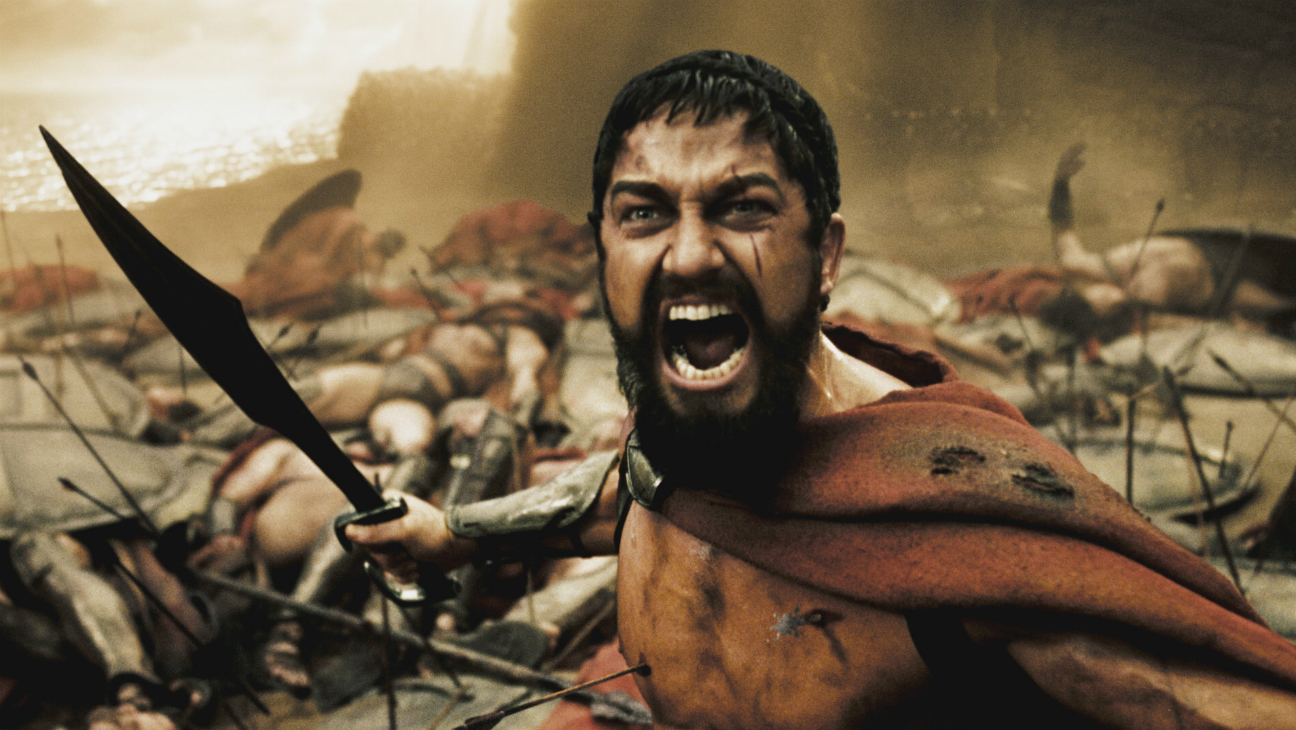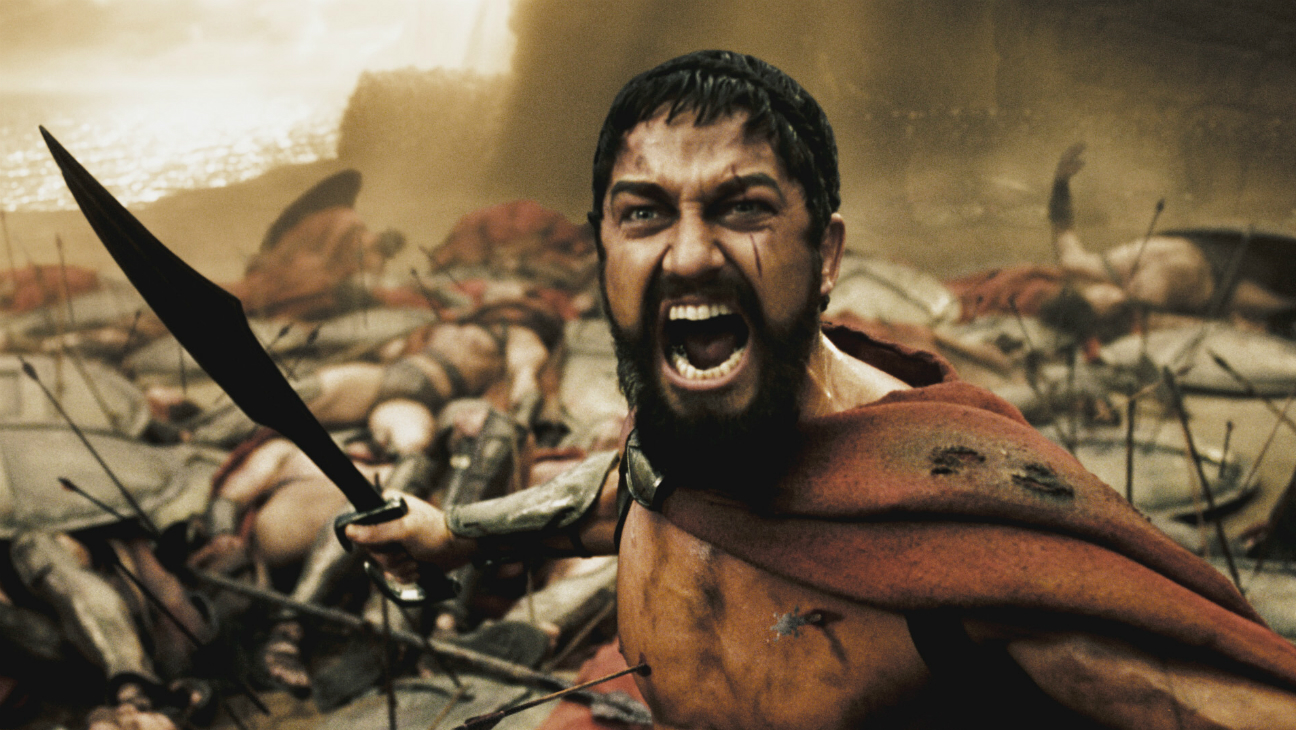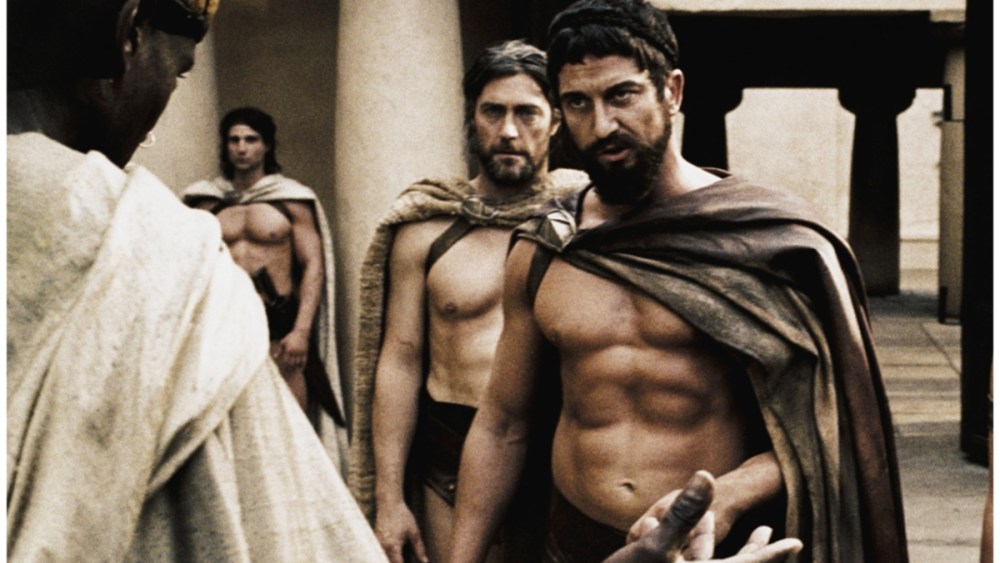## 300 Spartans? More Like 300 Bruises! The Grueling Injuries Behind the Epic Film
Ever wondered how the Spartans in Zack Snyder’s “300” managed to look so impossibly badass while clashing with the Persian army? Well, behind all those muscular physiques and swift sword swings, there was a whole lot of grit, determination, and a surprising amount of pain.

Because let’s face it, Spartans don’t stay pristine in a battle against thousands. This isn’t a ballet, folks, it’s war!
Get ready to dive into the gory details as we explore the shocking number of injuries the cast endured while filming “300.” From bone-crunching stunts to sweat-soaked days under the unforgiving desert sun, these actors truly bled for their roles. Prepare to discover the incredible sacrifices made to bring this visually stunning, historical epic to life.The Spartan Struggle: A Reality Check on Set
Gerard Butler’s Testimonial

Gizmoposts24 recently reported on the staggering success of Zack Snyder’s “300,” a film that grossed over $450 million at the box office. However, behind the visual spectacle and epic battles lay a reality of intense physicality and a surprisingly high rate of injuries. Star Gerard Butler, who portrayed the valiant King Leonidas, revealed in an interview with People that the set was a veritable war zone in itself.
“I remember every day somebody was getting taken to the hospital,” Butler recounted. “You’d be doing a fight, you turn around, there’s a guy down there, a spear went in his eye. Another time, you turn around, there’s a guy over there who just fell, broke his ankle. I mean, it was insane.”
Types of Injuries
Butler’s anecdotes paint a vivid picture of the brutal nature of the fight choreography in “300.” The film’s relentless action sequences, featuring brutal spear thrusts, sword clashes, and hand-to-hand combat, inevitably took a toll on the cast and crew. While specific details about the extent and severity of these injuries remain largely undisclosed, Butler’s description suggests a range of wounds, from spear punctures and broken bones to potentially more serious head and eye injuries.
Impact on Production
The frequent injuries sustained during filming likely had a significant impact on the production schedule and budget. Rescheduling scenes due to cast injuries would have been a common occurrence, potentially causing delays and necessitating additional resources for medical attention and potential re-shoots. These unforeseen expenses could have added considerable strain to the film’s overall budget, highlighting the inherent risks associated with demanding action sequences.
Pushing the Limits: The Price of Realism in Action Cinema
Zack Snyder’s Vision
Zack Snyder, known for his visually stunning and often gritty filmmaking style, placed a strong emphasis on realism in the action sequences of “300.” He opted for practical stunts and minimal reliance on CGI, striving to capture the raw intensity and brutality of ancient warfare. This commitment to authenticity contributed significantly to the film’s unique aesthetic and visceral impact, immersing viewers in the heart of the battle.
Special Effects vs. Practicality
The choice between CGI and practical stunts is a constant dilemma in action filmmaking. While CGI offers flexibility and control, it can sometimes lack the authenticity and physicality of practical stunts. “300”’s emphasis on practical effects reflects a deliberate artistic decision to prioritize realism over cost-effectiveness or convenience. However, this approach inevitably comes with increased risk for performers, as seen in the numerous injuries reported on set.
Industry Standards and Safety Measures
Action film sets typically adhere to strict safety protocols designed to minimize risks to performers. However, the inherent danger of stunts, especially those involving weapons and physical violence, can never be entirely eliminated. The reports of injuries on the “300” set raise questions about whether these safety measures were sufficient to mitigate the risks associated with the film’s demanding action sequences. It highlights the ongoing challenges faced by filmmakers and stunt coordinators in balancing artistic vision with performer safety.
Beyond “300”: A Spotlight on Action Film Injuries
Notable Examples
The prevalence of injuries in action films is not unique to “300.” Numerous other high-profile productions have been marred by on-set accidents and injuries. The “Mission: Impossible” franchise, known for its death-defying stunts, has a long history of Tom Cruise sustaining injuries during filming. In “The Expendables,” Sylvester Stallone famously broke his neck during a fight scene, and Bruce Willis suffered a concussion while shooting “Die Hard: With a Vengeance.”
The Human Cost of Entertainment
These instances underscore the human cost of creating the thrilling spectacles audiences expect from action films. Performers often push themselves to their physical limits, risking serious injuries in the pursuit of realism and cinematic impact. The emotional toll of such experiences can also be significant, potentially leading to long-term physical limitations, psychological trauma, and even career-ending injuries.
The Evolution of Safety
Fortunately, the film industry has made strides in improving safety protocols over the years. The use of stunt doubles, rigorous training programs, advanced safety equipment, and on-set medical personnel have all contributed to a reduction in the number and severity of injuries. However, the inherent risks associated with action filmmaking will likely always remain a concern, requiring a constant commitment to innovation and vigilance in prioritizing performer well-being.
Conclusion
From shredded biceps to broken noses, the making of 300 was a physical odyssey. We’ve delved into the grueling training regimens, the sheer intensity of the fight choreography, and the countless injuries that plagued the cast. Their dedication to bringing Frank Miller’s vision to life was undeniable, pushing themselves to the limit in the name of cinematic spectacle. But this isn’t just a tale of Hollywood tough guys. It’s a testament to the human body’s incredible resilience, its capacity to endure and overcome even the most punishing challenges.
The physical toll exacted by 300 raises important questions about the demands placed on performers in action-heavy genres. As CGI and stunt work become increasingly sophisticated, will the need for actors to perform such physically demanding roles diminish? Or will the desire for authenticity and visceral impact continue to drive this trend? Perhaps the most enduring legacy of 300 lies not just in its aesthetic brilliance, but in the glimpse it offers into the sheer grit and determination required to translate a powerful story onto the screen. It serves as a reminder that sometimes, the greatest art is forged in the crucible of physical hardship.
So, the next time you witness a bone-crunching fight scene, remember the sacrifices made by those who brought it to life. Remember the 300, who traded flesh and blood for a moment of cinematic immortality.






Add Comment